The Kodak, the first commercial camera with flexible film rolls, was released in 1888, allowing more people than ever to record their surroundings with results that could be mechanically reproduced. Even now it is easy to dismiss some of the methods of documenting life that photography replaced. Perhaps especially watercolour – at one time the obvious choice for a reliable, portable lens on the world in an age of industrialisation, travel and discovery.
The Watercolour World, which launched on 31 January, is a new online platform dedicated to preserving this legacy. It houses a growing library of works in the medium, many of which have been digitised for the very first time for the project. The results have been made searchable by keyword or location. The team behind the non-profit organisation, founded by the former diplomat Fred Hohler, has spent the past few years moving between public and private collections in search of largely unknown works, some extremely fragile, which they feared would otherwise be lost. The emphasis was less on technical ability or an artist’s eminence than on the importance of what had been depicted. This approach has allowed the work of many ‘amateur’ women artists to be more seriously considered for the first time, alongside that of better-known figures like Queen Victoria, Maria Sibylla Merian and Susan Fereday.
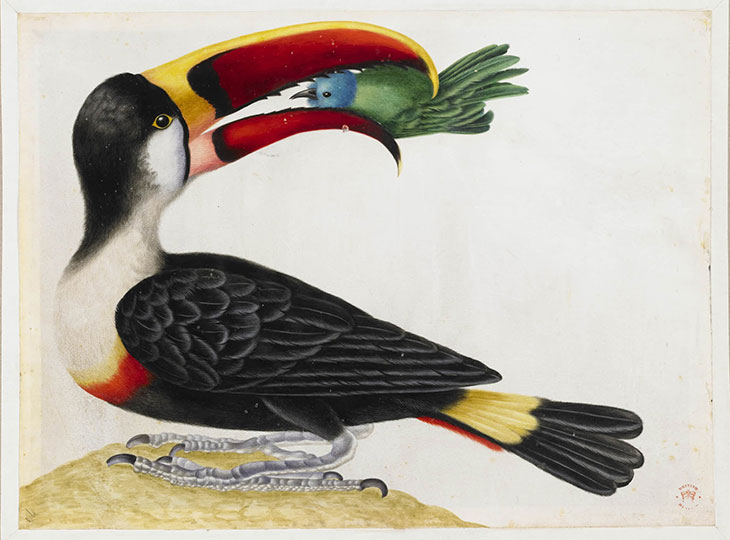
Untitled (Toucan), from an album entitled ‘Merian’s Drawings of Surinam Insects &c’ (c. 1701–05), Maria Sibylla Merian. © Trustees of the British Museum
For Hohler, the period of interest begins in 1750, soon after Thomas Sandby was appointed private secretary and draughtsman under William Augustus, Duke of Cumberland. Sandby began sketching battle scenes and other cartographical studies, which helped the Jacobites develop a more sophisticated understanding of the lay of the land. His success led to a rise in watercolourists within the military and dovetailed with James Whatman’s invention of wove paper, which was of a high enough quality that watercolour paints would not run and scenes could be clear and naturalistic. The window of 1750 to 1900 is one of growing interest, not just from a purely art-historical perspective; Hohler and his team envisage the Watercolour World as a resource for research in all fields.
The subjects of the images so far uploaded to the site – around 80,000 at the latest count – are mostly natural landscapes, flora and fauna. Many of these works are expected to play a key role in revealing the long-term effects of climate change. A few of the locations no longer exist, and others can be compared with contemporary photographs to show clear signs of glacial retreat and coastal erosion. There are interesting precedents for the use of watercolours in conservation projects – Eugene von Guérard’s 1855 depictions of Tower Hill in Victoria, Australia were referred to during revegetation efforts in the 1990s. The Watercolour World believes that a leap in the accessibility of watercolours could have radical consequences, as images from collections across the world are aggregated by theme, saving researchers considerable time and money.
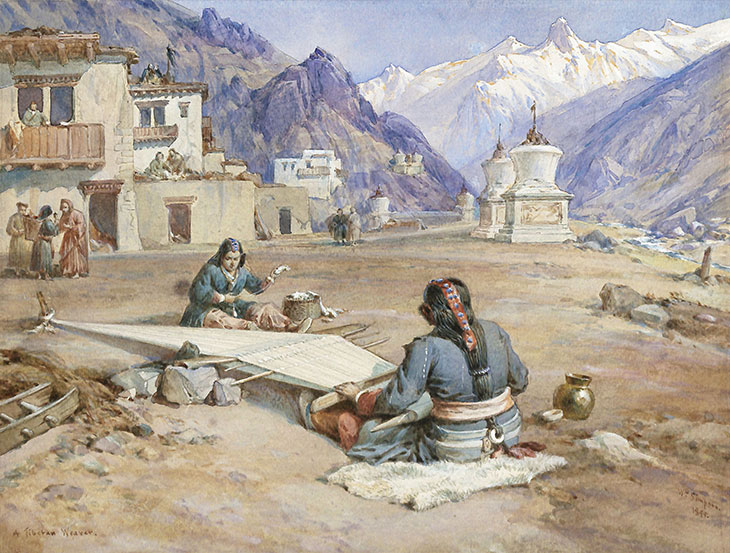
A Tibetan Weaver (1895), William Simpson. © Private collection
Having acquired considerable backing – the initiative is funded entirely by the Marandi Foundation, and the Prince of Wales and Duchess of Cornwall are joint royal patrons – Hohler and his co-CEO Andra Fitzherbert have still grander ambitions for the future of the Watercolour World. With many more international collections to rifle through, there is a particular interest in the potential of crowdsourcing. In a sense the project launch is a call to arms for all watercolour enthusiasts. Its journey is still in its infancy but it is one, Hohler promises, through which we will ‘encounter our predecessors, and observe how they lived, loved and played’.
Unlimited access from just $16 every 3 months
Subscribe to get unlimited and exclusive access to the top art stories, interviews and exhibition reviews.

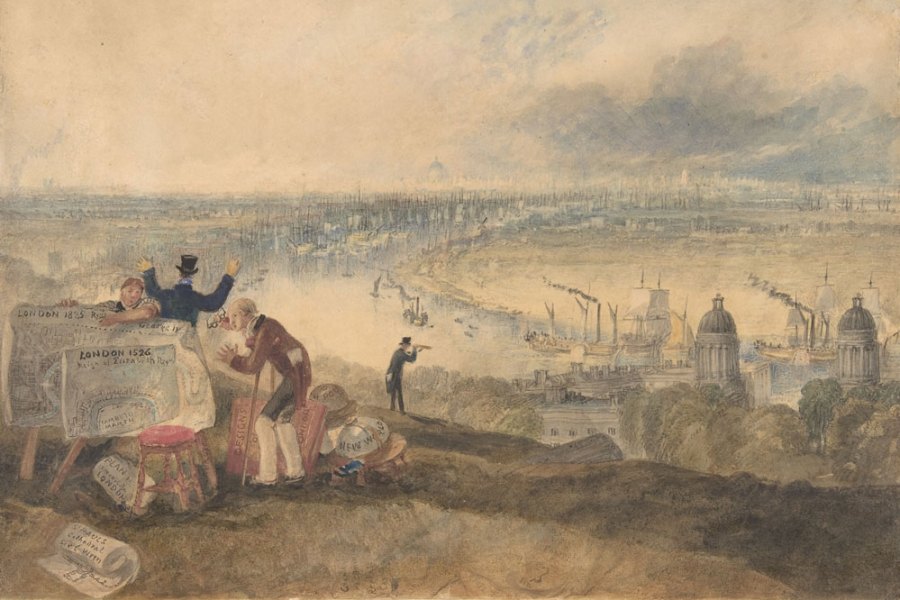
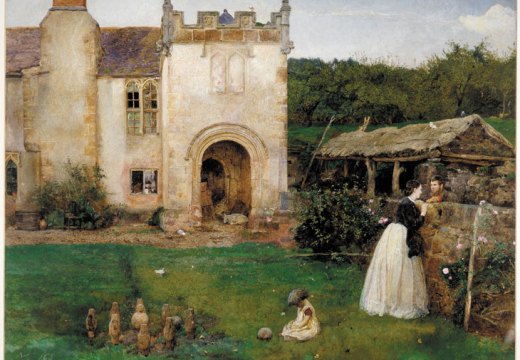
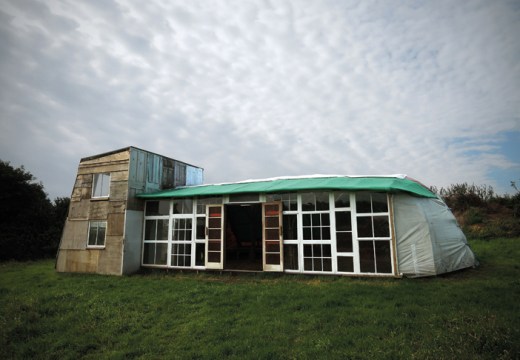
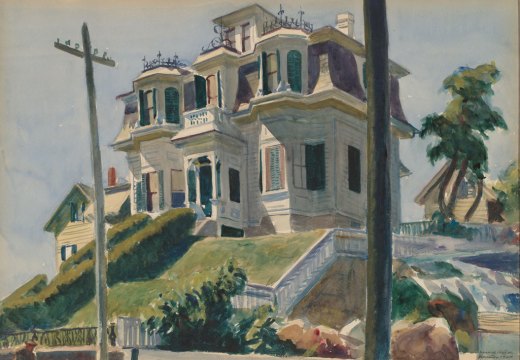









![Masterpiece [Re]discovery 2022. Photo: Ben Fisher Photography, courtesy of Masterpiece London](http://www.apollo-magazine.com/wp-content/uploads/2022/07/MPL2022_4263.jpg)
Why are fathers so absent from art history?